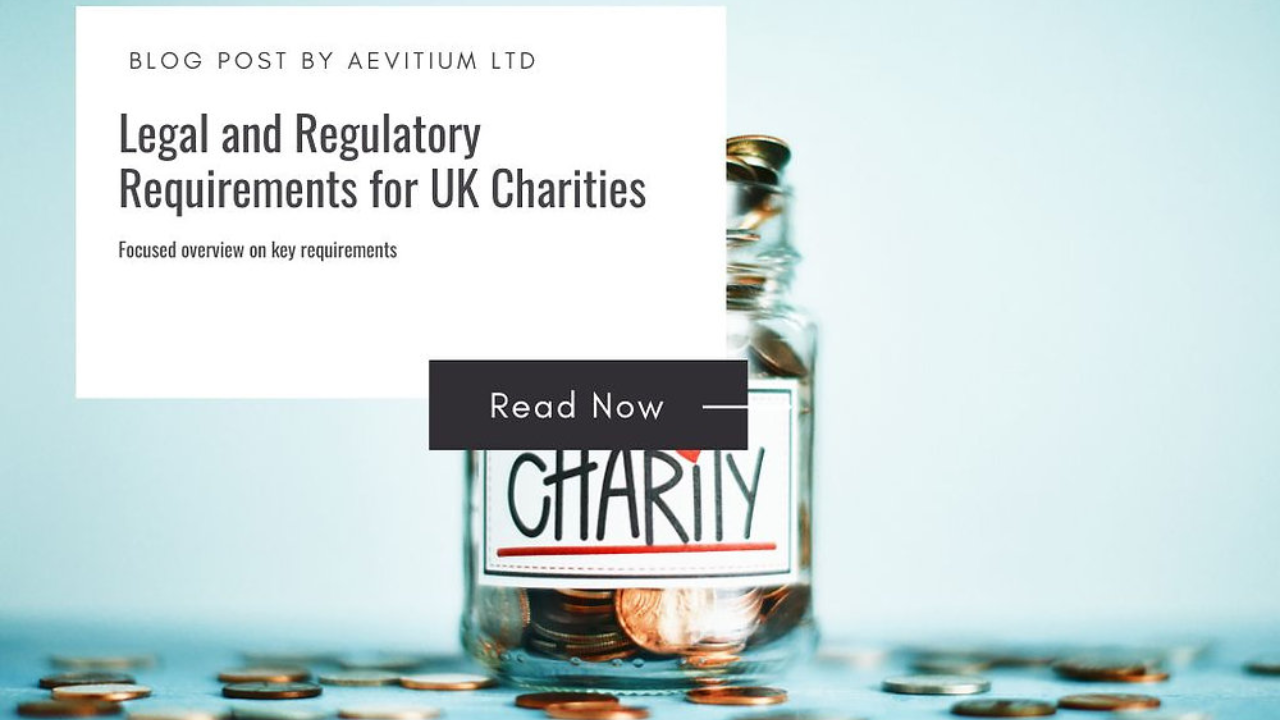
For design-based charities—whether focused on architecture, sustainable design, community planning, or environmental innovation—legal and financial compliance isn’t just a regulatory necessity. It’s the foundation of trust, funding eligibility, and long-term impact. From intellectual property laws to charity registration requirements, organizations must navigate a complex compliance landscape, especially in the UK or when operating globally.
This article breaks down key compliance elements for design-focused charities, with actionable insights for maintaining transparency, accountability, and operational legality.
Overview Table: Key Compliance Areas for Design-Based Charities
| Compliance Area | Purpose |
|---|---|
| Charity Registration | Legal recognition and tax benefits |
| Financial Reporting | Transparency, accountability, and donor confidence |
| Intellectual Property Rights | Protecting design assets and respecting others’ rights |
| Fundraising Regulations | Ensuring ethical and legal donations management |
| Governance and Safeguarding | Preventing misuse, conflicts, or governance issues |
| International Operations | Navigating cross-border legal and tax implications |
1. Charity Registration and Legal Structure
In the UK, design-based charities must register with the Charity Commission for England and Wales if their income exceeds £5,000 or if they’re structured as a Charitable Incorporated Organisation (CIO). Choosing the right legal structure is critical.
Common Structures:
- CIO (Charitable Incorporated Organisation) – Best for operating charities with limited liability
- Charitable Company Limited by Guarantee – Offers robust governance and legal status
- Unincorporated Association – Simpler, but without legal personality or liability protection
Registration Checklist:
- A charitable purpose recognized by law (e.g., advancement of education, environment)
- Public benefit must be demonstrated
- Trustees must be eligible and understand their duties
For global operations, local registration may be required in host countries, depending on jurisdiction and project scope.
2. Financial Reporting and Auditing
To retain trust from funders, regulators, and the public, transparent financial practices are essential. The Charity Commission mandates specific reporting requirements based on income level.
| Annual Income | Reporting Requirements |
|---|---|
| Under £25,000 | Receipts and payments account, trustees’ annual report |
| £25,001 to £250,000 | Independent examination required |
| Over £1 million | Full audit and SORP-compliant accounts |
Key Financial Practices:
- Open a dedicated charity bank account
- Maintain detailed bookkeeping and reconciliations
- Prepare annual financial statements (using Charities SORP)
- Ensure funds are used in accordance with donor intent and mission
For charities working internationally, understand local financial reporting laws, currency conversions, and the Foreign Account Tax Compliance Act (FATCA) if applicable.
3. Intellectual Property (IP) and Licensing
Design-based charities often create unique works—plans, graphics, tools, models. These assets are protected under copyright and design rights, and mismanaging IP can lead to legal disputes or funding barriers.
Tips for IP Compliance:
- Ensure all original works (drawings, models, frameworks) are registered or documented
- Use copyright licenses (e.g., Creative Commons) when distributing work
- Obtain permissions for using third-party images, fonts, software, or templates
- Include IP clauses in contracts with designers, collaborators, and volunteers
Note: In collaborative or community-led projects, clarify ownership from the start.
4. Fundraising Law and Gift Management
Fundraising is regulated under the Fundraising Regulator and Charity Commission guidance (CC20). Design charities must handle donations with clarity, legality, and integrity.
Key Areas of Focus:
- Accurately represent fundraising appeals
- Avoid coercive or misleading donation tactics
- Use funds only for the purpose promised to donors
- Issue receipts and maintain donor confidentiality
- Register with HMRC for Gift Aid benefits
Example: If a fundraiser is launched to build a community pavilion, funds must not be diverted to unrelated projects.
5. Governance, Risk, and Safeguarding
Compliance is not just paperwork—it’s about preventing misuse, conflicts of interest, and reputational harm.
Governance Best Practices:
- Maintain an active, diverse, and skilled board of trustees
- Develop a conflict of interest policy
- Adopt a safeguarding policy if working with vulnerable individuals
- Conduct annual trustee evaluations and policy reviews
- Maintain public liability and employer’s liability insurance where applicable
Legal Duties of Trustees:
- Act in the charity’s best interest
- Comply with laws and the governing document
- Ensure resources are used responsibly
6. Operating Internationally: Additional Compliance Layers
When a design-based charity operates abroad—e.g., in disaster relief shelter design or sustainable infrastructure—it faces additional regulatory and risk management hurdles.
International Compliance Checklist:
- Check NGO registration requirements in each country
- Understand and comply with local labor, tax, and import laws
- Establish transparent MoUs with local partners
- Maintain dual accounting standards where required
- Review anti-terror and anti-money laundering compliance (especially in conflict zones)
Tip: Hire local legal counsel or collaborate with local NGOs to navigate regulatory differences.
3 Best One-Line FAQs
1. Does my design charity need to register with the Charity Commission?
Yes, if based in the UK and earning over £5,000 annually or structured as a CIO.
2. How can we protect our design work legally?
By using copyright, design registrations, and IP licensing agreements from the outset.
3. What financial reports are required for UK charities?
Annual reports, accounts, and audits depending on your income level, per Charity Commission rules.
Conclusion
For design-based charities, legal and financial compliance is more than regulatory red tape—it’s the backbone of credibility, protection, and impact. Whether you operate solely in the UK or manage global design initiatives, investing in robust systems for governance, financial integrity, and intellectual property will protect your mission and power your progress. Stay compliant, and you’ll be ready not just to serve—but to scale.

